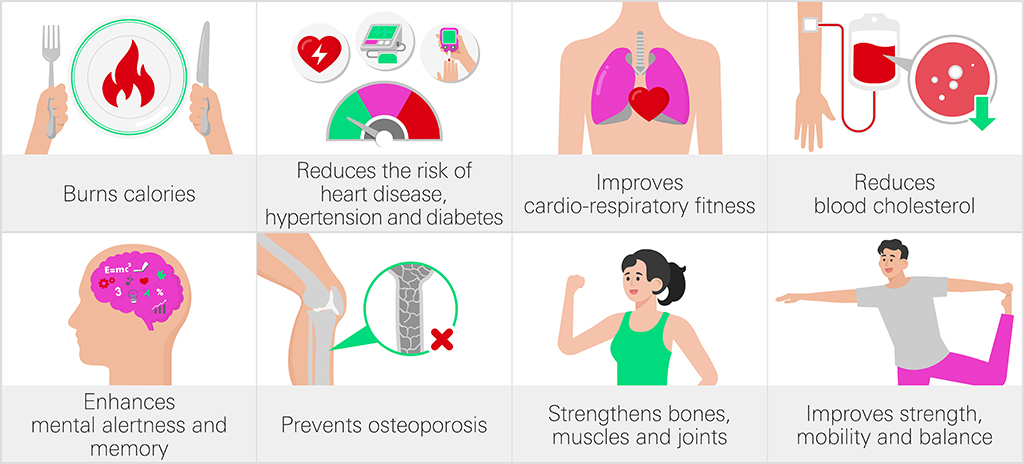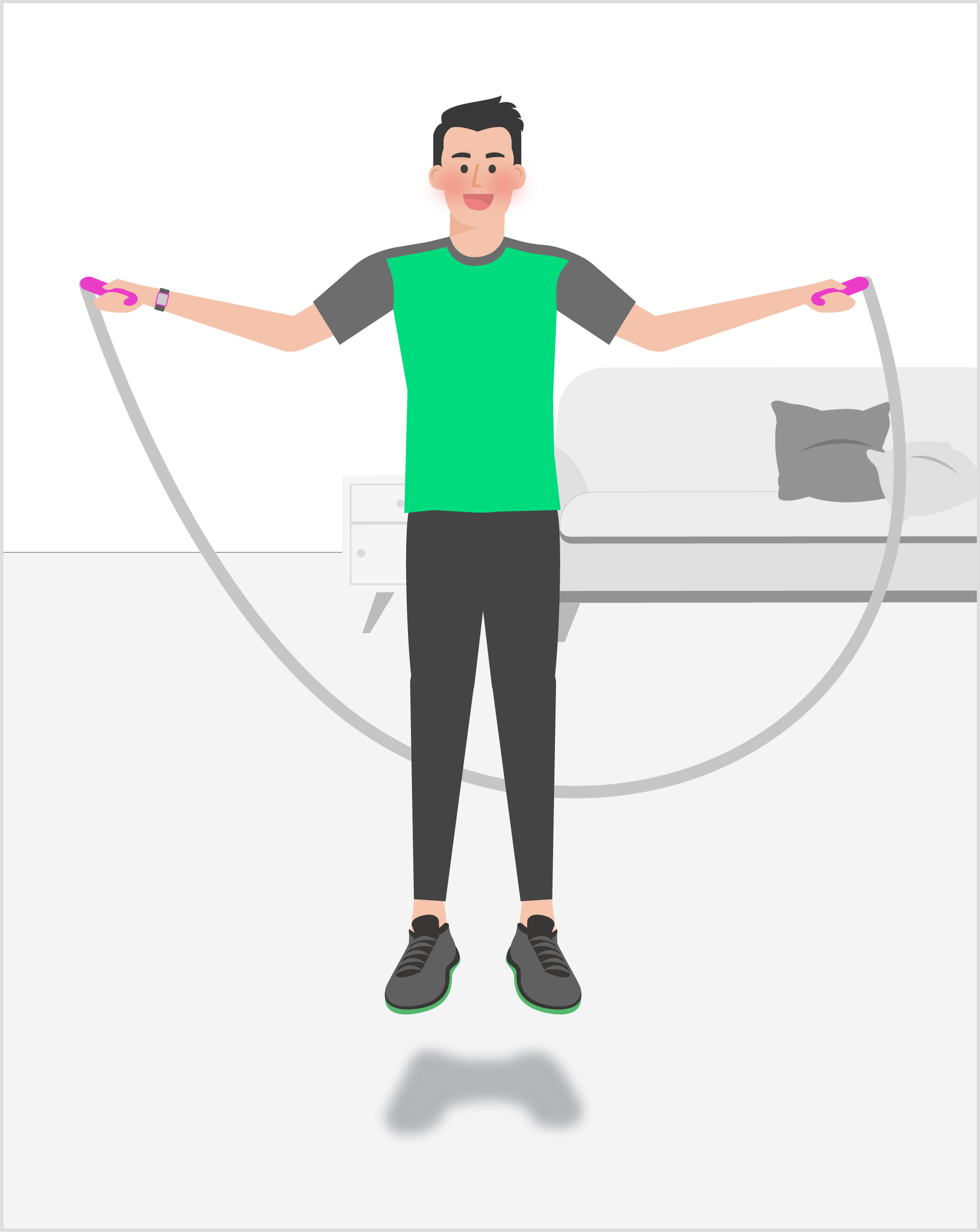Every day, you can become 9,000 steps healthier
How far do you have to walk to cover 9,000 steps? And for how long? Is it hard to achieve a daily step count of 9,000 if you work in an office? Check out these tips and you’ll see it’s easier than you think.

Hong Kong people love accumulating miles, but are we doing enough to accumulate the steps that are redeemable for good health? The Hong Kong Department of Health suggests 15-20 minutes of brisk walking daily. For the average person, walking is the simplest, safest exercise possible, and turning it into a lifelong habit will go a long way towards staying healthy1 over the long term.
Advantages of brisk walking1:

Boosting your daily step count with simple exerciseFor ordinary citizens, especially office workers, walking 9,000 steps a day can be challenging. Those who work at home, in particular, can easily lose the motivation to get out of their chairs. If you can’t reach the recommended step target over the course of your normal day, you can supplement walking with some light exercise. Take Peter for example. He’s so busy at work, he often has to order takeout and work through lunch. The average office worker walks 5,000 to 6,000 steps per day*, so Peter has to do just 30 minutes of moderate-intensity exercise2 after work, like running in place at home, jumping rope, riding a stationary bike or walking on a treadmill, to make up the shortfall. With the help of a smartwatch with step counter, he’ll be able to keep track of his progress each day. |
 |
9,000 steps made easy - walking instead of taking public transport
Mary is not a very sporty person, and her busy workday leaves little time for anything else. Hoping to get into shape, she’s been following her family doctor’s advice and substituting brisk walking for exercise.
She used to take public transport every day to and from work. To get more active, she now walks briskly from Causeway Bay to her home in Sheung Wan every day after work, a trip that takes approximately 50 minutes and, according to her smartwatch, 6,300 steps, which makes the 9,000-step* daily target much easier to achieve. She says this new routine has the double benefits of cutting her daily bus fare in half and allowing her to reach her health target without going to the gym.
After getting used to walking, she wanted to raise her activity level further. That’s why she is now getting off the bus two stops early on her way to work, and even takes the stairs instead of the elevator during the day in order to go the extra mile!
Tip from Mary: always bring a pair of sports shoes, and put them on before brisk-walking to protect your feet.
As a result of the pandemic’s latest resurgence, Mary has to work from home a lot. To make up for the dip in her activity level, she is walking to a supermarket farther away from home for her grocery shopping, maximizing every opportunity to stretch mind and body.
Sources:
- https://www.chp.gov.hk/en/static/90005.html
- https://www21.ha.org.hk/smartpatient/MiniSites/en-US/bmi/Ideal-BMI/
Remark:
* All figures provided are for reference only. Step lengths and walking speeds vary according to height, body weight and age.
